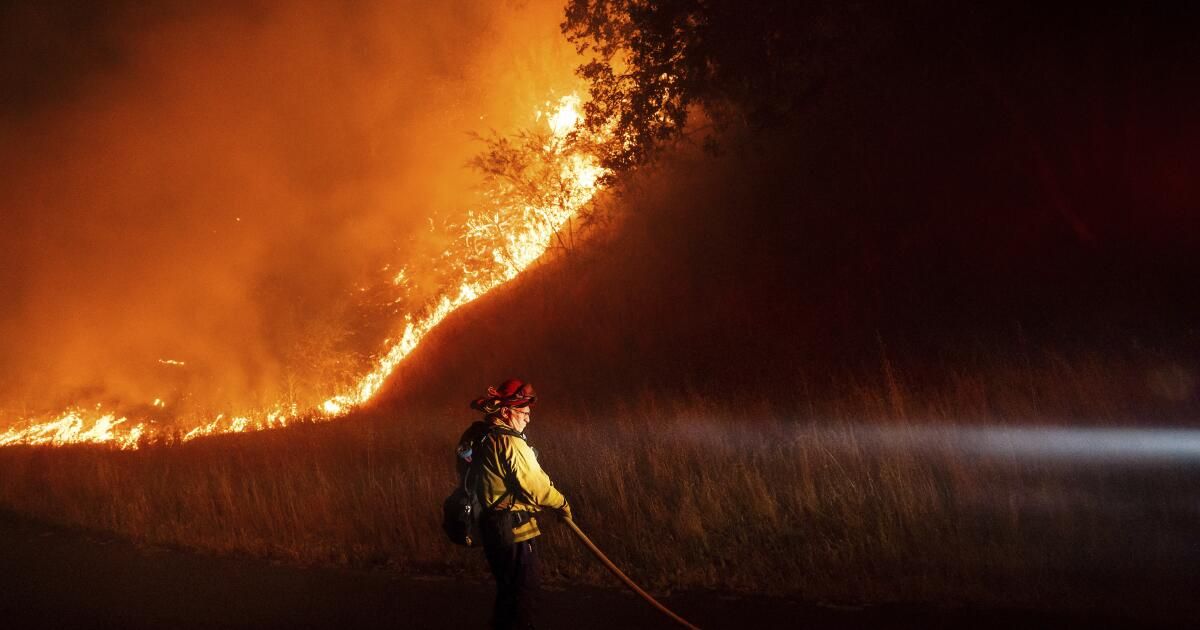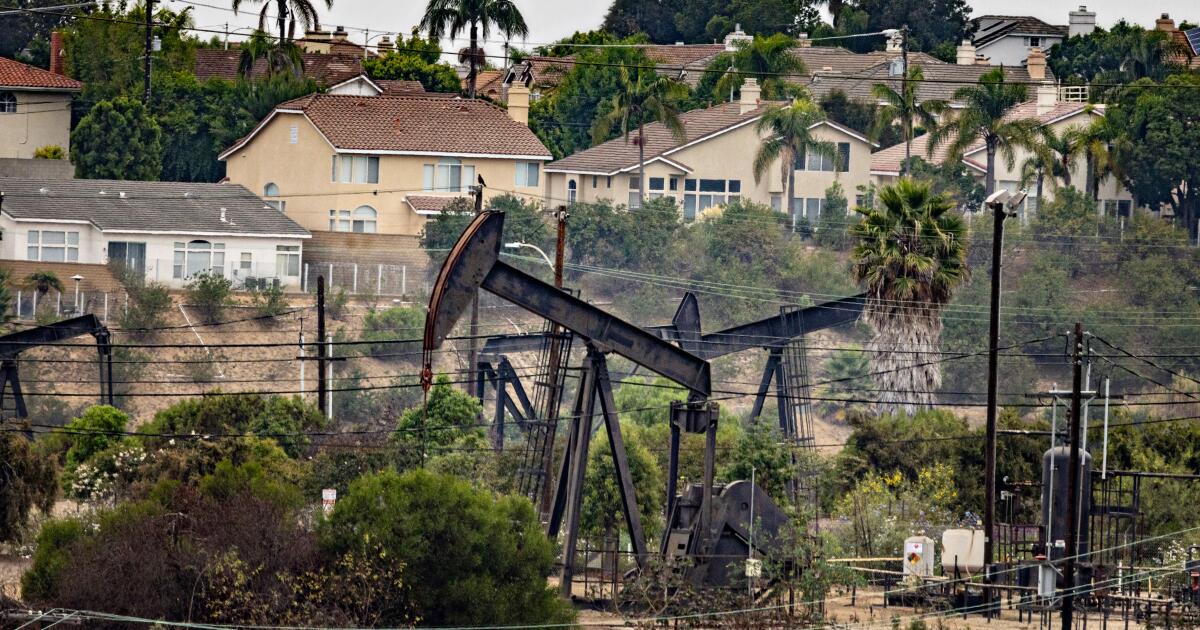California's summer is off to a fiery start after an explosion of wildfire activity across the state this week, with flames straining firefighting resources, forcing evacuations and burning several homes, businesses and hillsides completely dry.
Hazardous weather conditions In the last days of spring before Thursday – strong winds, low humidity and high temperatures – fueled the flames from Los Angeles County to Colusa County, north of Sacramento, with more than 30 wildfires, including two of the largest in the state this year, each exceeding 15,000. acres in a matter of hours, according to the California Department of Forestry and Fire Protection.
He early rise of wildfires is raising new concerns about what the rest of 2024 will bring, especially with the hottest months ahead and Another heat dome forecast for inland California this weekend.
“Dangerously hot conditions are expected, with temperatures between 100 and 105 degrees,” the National Weather Service said in a statement. excessive heat warning for much of the inland Southern California communities between Santa Barbara and San Diego counties over the weekend.
The Meteorological Service predicts that it could reach 107 degrees north In the Sacramento Valley, 95 in San Jose and 105 degrees or higher in Bakersfield in the coming days, with a heat warning issued in much of the state. Triple-digit heat, gusty winds and the possibility of thunderstorms in Southern California pose the risk of another fast-moving fire.
“There is a risk of heat-related illnesses and an increased threat of grass fires. Report any forest fire to the authorities and avoid creating sparks,” said the The Oxnard office of the National Weather Service said Thursday X.
“It's very alarming,” Cal Fire spokesman Issac Sanchez said of the late spring spate of fires, though he noted it wasn't entirely surprising. “We know how quickly things can change. … We are worried, although we are always worried.”
On the last full day of spring, Wednesday, wildfires had burned nearly 90,000 acres in California, compared to just 5,863 acres at the same time last year, according to Cal Fire data. About half of this year's acreage burned last week. The previous five-year average of acres burned in California during the same period is just under 17,000 acres.
“Seeing that we have a significantly larger surface area in the [five-year] The average is a concern,” Sánchez said. “What that tells us is that the fuel is ready to go.”
Although there have been 2,237 fires so far this year, less than the five-year average of 2,689, officials say weather conditions are preparing the landscape for more rapid spread of fires.
“The types of fires we're seeing are grass fires, and actually wind-driven grass fires,” Sanchez said, noting that the scars from recent fires were long and narrow, indicating the windy weather that boosted its growth.
The state's two largest fires so far, which started last weekend, spread south in an elongated shape, driven by northerly winds. The Post Fire, burning primarily in Los Angeles County near Gorman, grew to 15,690 acres on Tuesday and remained at that size all year. Friday morning, when it was 61% contained, firefighters said.
The Sites Fire, southeast of Stonyford in Colusa County, grew to 19,195 acres. It was 25% contained as of Friday morning, according to Cal Fire officials.
Crews at both locations were preparing for a hot weekend on Friday due to the upcoming heat dome, although weather officials say this time it won't bring the gusty winds that created recent critical fire conditions.
“It was certainly an active late spring,” said Chad Hanson, a research ecologist focused on fire ecology and director of the John Muir Project, that works to protect federal forests. “It's largely a reflection of the fact that we had some really hot, dry, windy days in late spring.”
In a non-drought year, like this one, there are more variables that can influence how and when wildfires start and spread, Hanson said, including how grasses, plants and trees dry out and what type of weather it affects. Human-caused climate change is also a factor, with higher global temperatures and more extreme precipitation, or lack thereof, adding challenges to firefighting, he said.
“Over the last two decades, we've definitely seen a pattern of increased fire activity and we're also seeing higher temperatures due to climate change,” Hanson said. “Those two things are related.”
The fact that this year follows two years of less active wildfires (and two wet winters) also raises further concerns, as most areas are covered in layers of new vegetation that ignites easily when dry.
“There is a significant fuel load; there is an important grass harvest,” Sánchez said, calling wildfires in California a year-round problem that carries risks throughout the state. “At this point, it's everywhere.”
Experts have been predicting a active second half of the year in late summer and early fall, when once green and healthy plants will darken and dry out in the longer, hotter days of summer.
Fortunately, not all wildfires are inherently bad, Hanson said.
“It is not a tragedy when a fire burns in a forest. … There are many species of plants and animals that have evolved to depend on post-fire habitat,” he said. “Tragedy is when it affects human communities; the good news is that it is almost completely preventable.”
Hanson called for a wildfire management strategy that focuses primarily on protecting human life and development, rather than suppressing forest fires, and that decreases our dependence on fossil fuels, which worsens climate change.
Community members can also do their part to reduce wildfire risks by maintaining their vehicles and equipment, clearing dry vegetation and closely monitoring campfires or grills, said Sánchez, the Cal Fire spokesperson. The agency says about 95% of the state's fires They are caused by humans.
“The public must play an active role in fire prevention,” Sanchez said, adding that Californians can learn more about how to establish a home evacuation plan and how to prepare their homes and properties for wildfires by visiting ReadyforWildfire.org.












